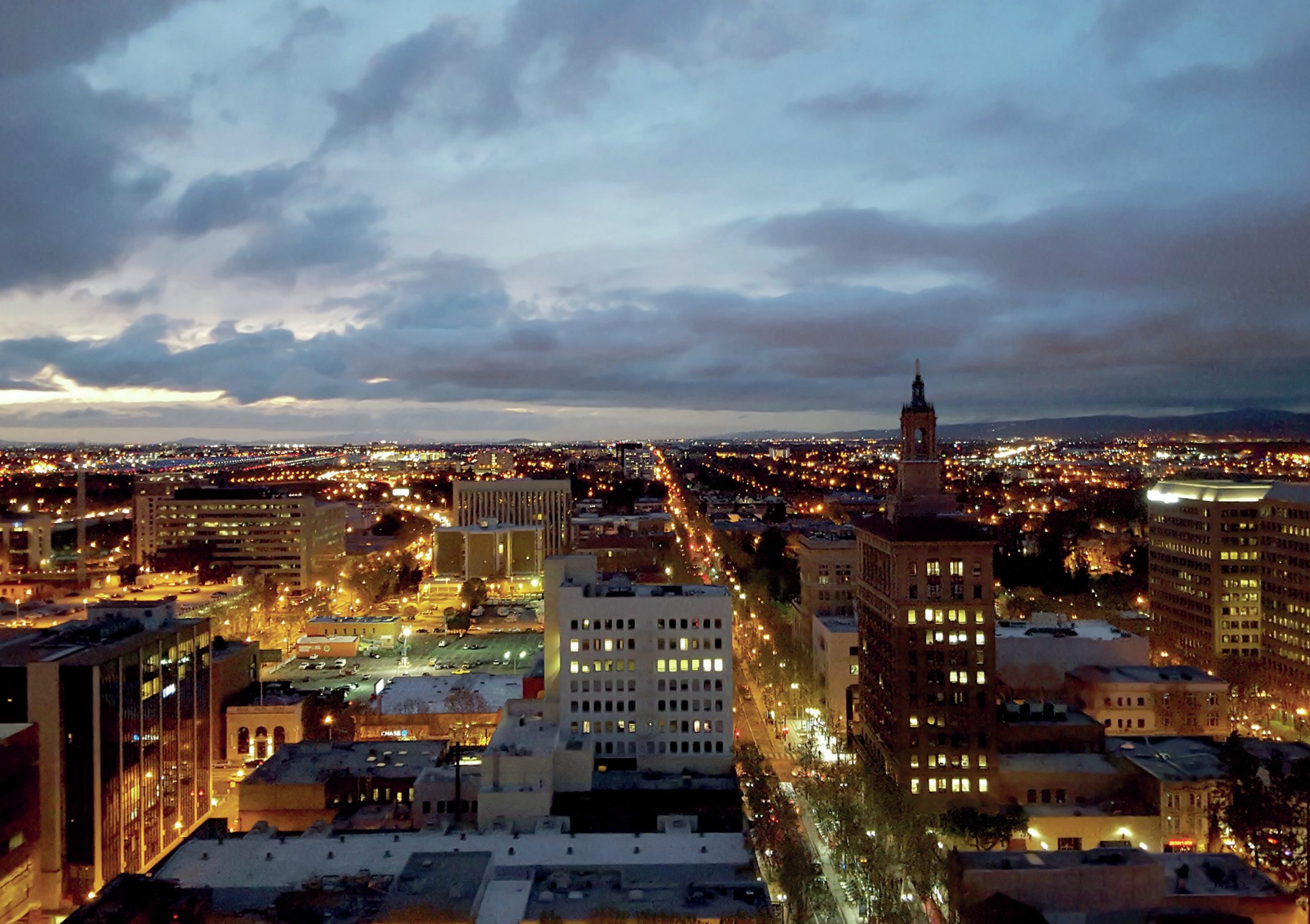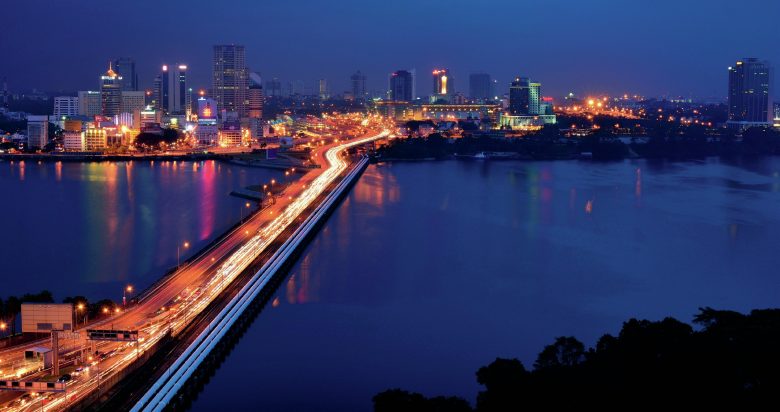
It all started in a garage. Seventy-seven years after William Hewlett and David Packard first built an audio oscillator in their Palo Alto garage, Silicon Valley has become a hub for leading tech firms, employing 1.47 million highly educated engineers, programmers, venture capitalists, patent lawyers and other key business workers. Apple, Facebook, Oracle, Google and Twitter all started there. Many consider a base in the Valley vital for successful tech companies, with students and entrepreneurs relocating to catch the wave.
Twitter recently celebrated 10 years in business, and is one of the bestknown social media companies, but it is facing massive challenges. Its share price is overvalued (its market capitalisation has fallen from $40 billion at its peak in 2013 to $10 billion today), its user base is struggling to grow past 320 million users, more innovative and exciting competitors have entered the market, recent advertising revenue was disappointing and the firm is still not making a profit. Strategies to help one of the internet’s strongest brands survive have included the acquisition of Periscope to add video streaming as a service and the return of its charismatic founder Jack Dorsey in the role of CEO.
Your organisation does not have access to this article.
Sign up today to give your students the edge they need to achieve their best grades with subject expertise
Subscribe




